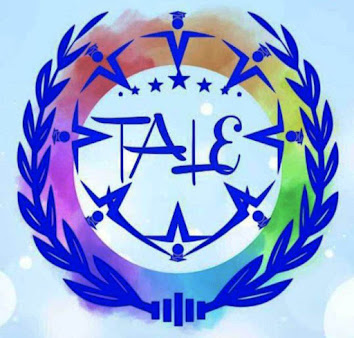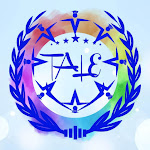Different Types of Figures of Speech
Introduction:
Figures of speech are expressive language tools used to convey meanings in creative and impactful ways. They add color and depth to language, making communication more engaging.
Types of Figures of Speech with Examples:
- 1. Simile: In Simile, a comparison is made between two object of different kinds which have at least one point in common. The Simile is introduced by the word ‘as…as’ or 'like'.
“Life is like a box of chocolates; you never know what you’re going to get”
EXAMPLES:
As active as quicksilver
As afraid as a grasshopper
As ageless as the sun
As agile as a cat
As agile as a monkey
As alert as a bird
As alike as two peas
As alone as a leper
As alone as Crusoe
As ambitious as the devil
"Her smile was as bright as the sun."
- 2. Metaphor: An implied comparison between two unlike things that actually have something important in common as if two things were one.
EXAMPLES:
The camel is the ship of the desert.
Life is a dream.
The news was a dragger to his heart.
Revenge is a kind of wild justice.
“My heart is a lonely hunter that hunts on a lonely hill”
"Time is a thief."
- 3. Personification: In Personification, inanimate objects and abstract notions are spoken of as having life and intelligence.
This is a way of giving an inanimate object the qualities of a living thing.
EXAMPLES:
Death lays its icy hands on King.
Pride goes forth on horseback, grand and gay.
Laughter is holding her both sides.
The tree quaked with fear as the wind approached
The sun smiled down on her
"The wind whispered through the trees." - 4. Hyperbole: Hyperbole is an exaggerated statement for the purpose of emphasis or heightened effect."I'm so hungry I could eat a horse."
EXAMPLES:
Why, man, if the river is dry, I am able to fill it with tears.
Hmalet! You have not cleft my heart in twain.
“It was as big as a mountain! It was faster than a cheetah! It was dumber than a rock!”
- Alliteration: "Peter Piper picked a peck of pickled peppers."
- Onomatopoeia: "The bees buzzed in the garden."
- Oxymoron: "Deafening silence."
- Irony: "A fire station burns down."
- Synecdoche: "All hands on deck."
- Metonymy: "The pen is mightier than the sword."
- Paradox: "Less is more."
- Litotes: "He's not unlike his brother."
- Antithesis: "It was the best of times, it was the worst of times."
- Euphemism: "Passed away" instead of "died."
- Anaphora: "Every day, every night, in every way, I am getting better and better."
- Epistrophe: "See no evil, hear no evil, speak no evil."
- Climax: "He came, he saw, he conquered."
- Anticlimax: "He lost his family, his car, and his keys."
- Pun: "Time flies like an arrow; fruit flies like a banana."
- Chiasmus: "Never let a Fool Kiss You or a Kiss Fool You."
Conclusion:
Understanding different figures of speech enhances our ability to communicate more vividly and effectively. These linguistic tools help us to express ideas in imaginative ways, making our language richer and more dynamic.
Back to Index Page Previous Topic Next Topic










No comments:
Post a Comment